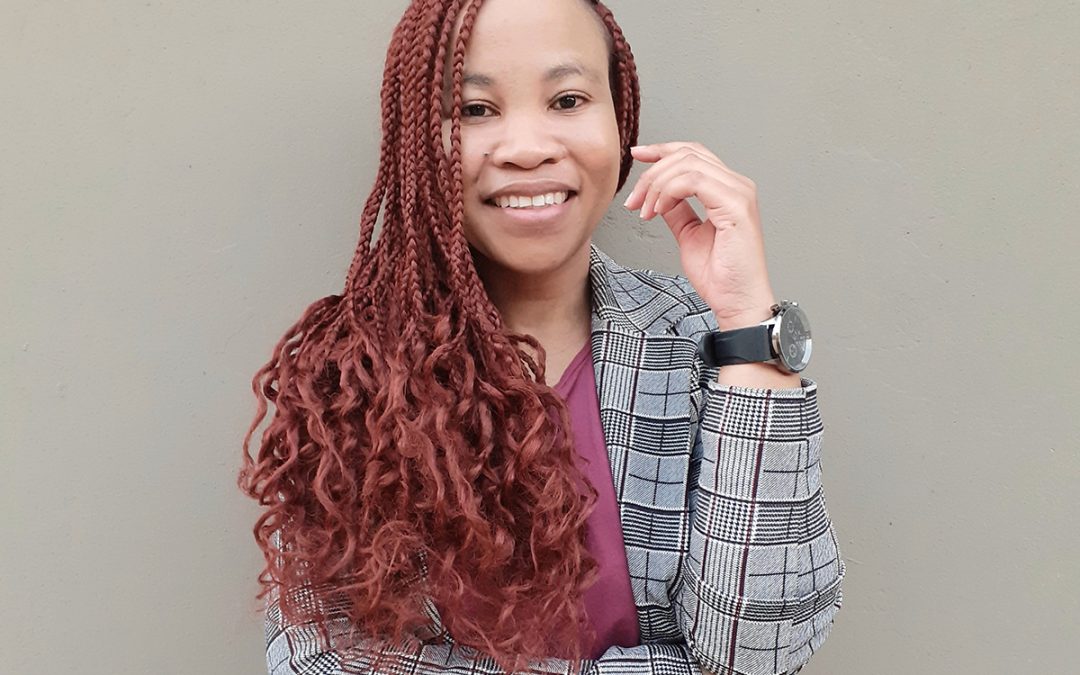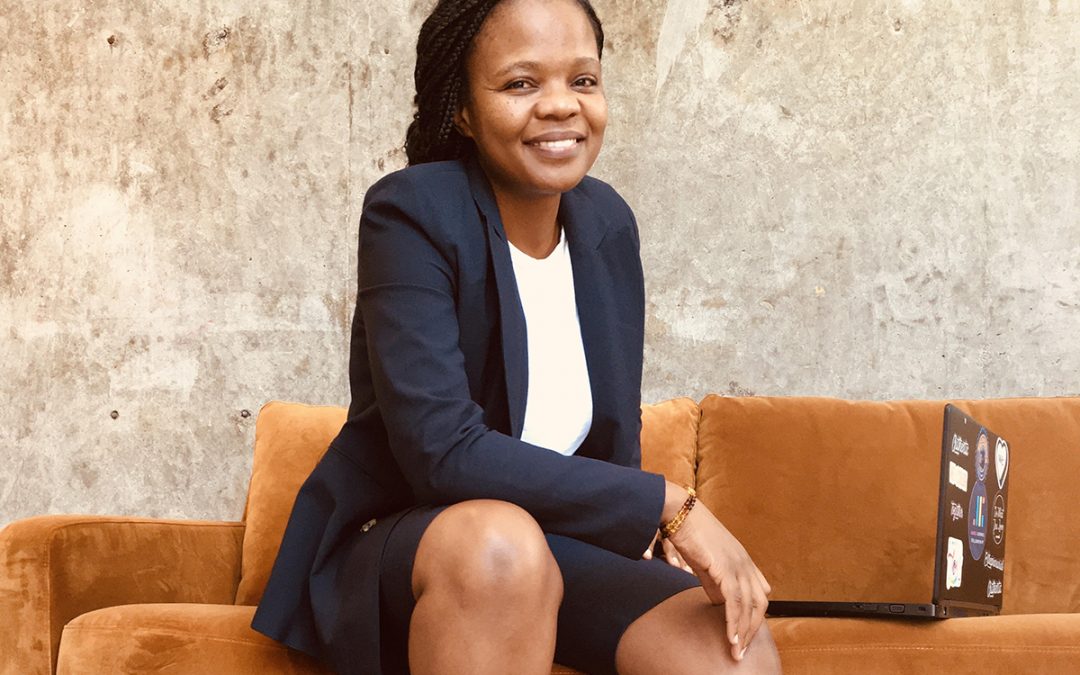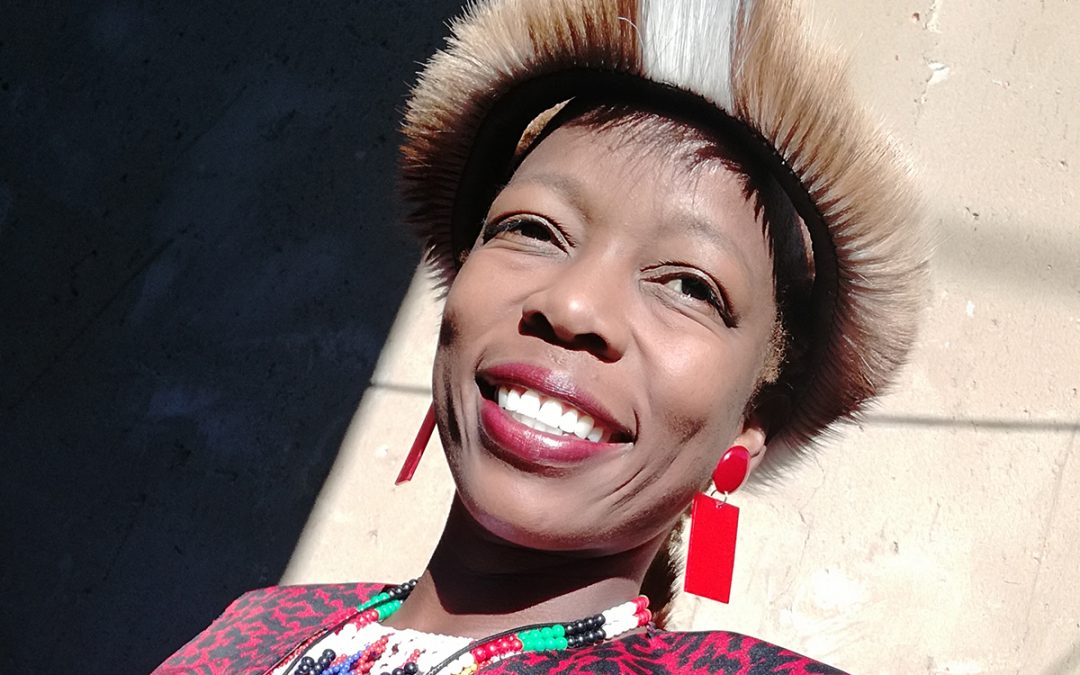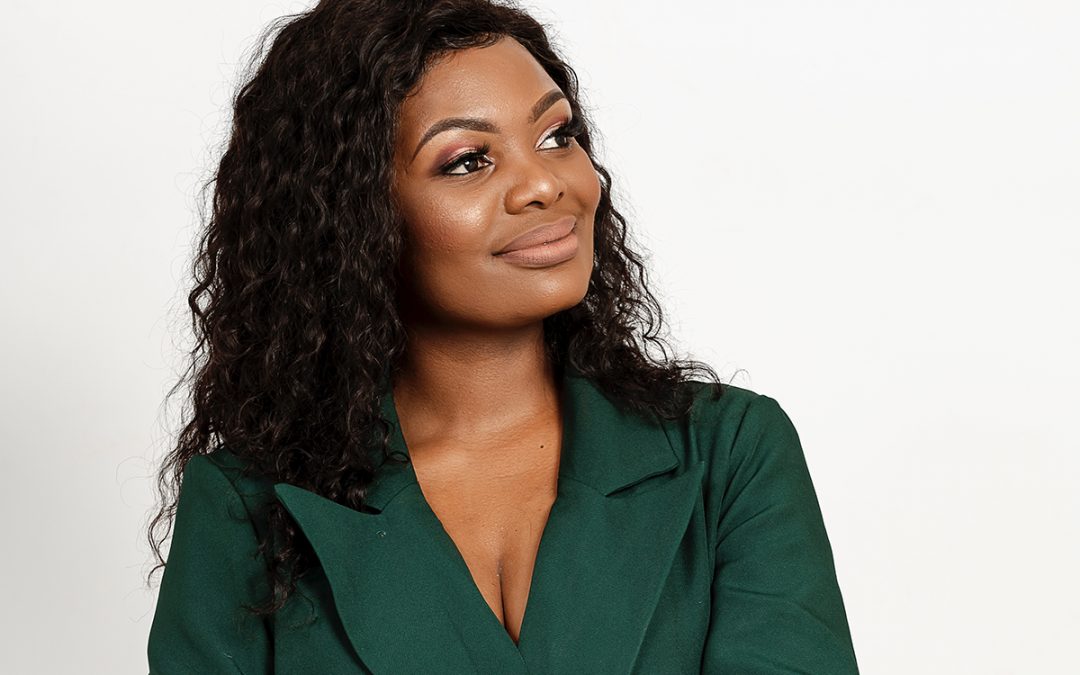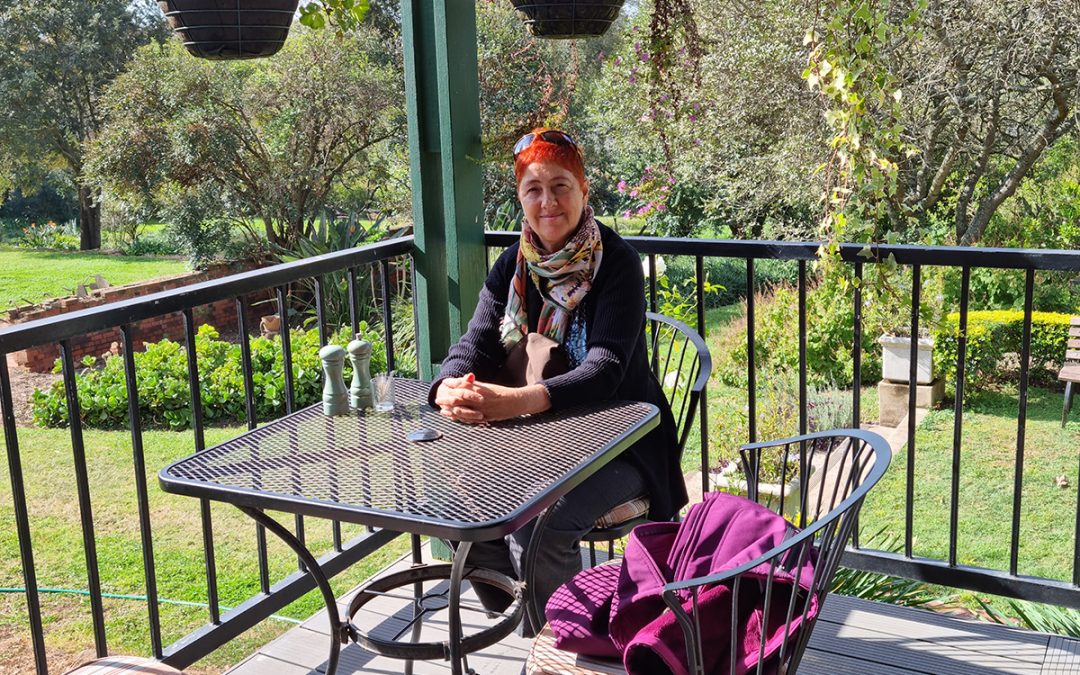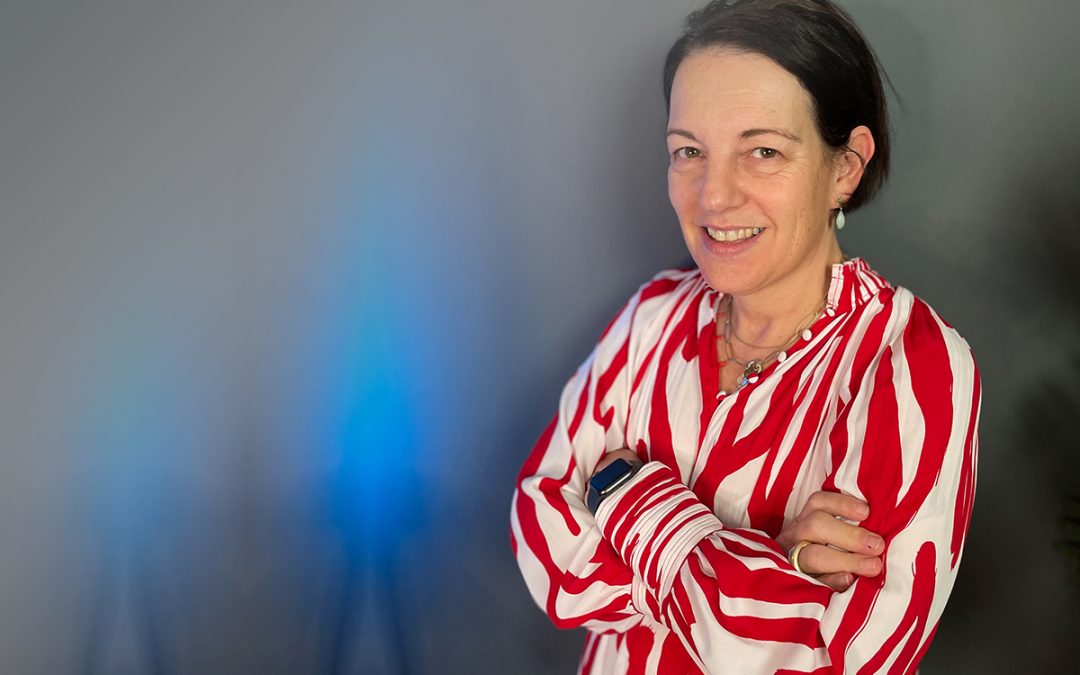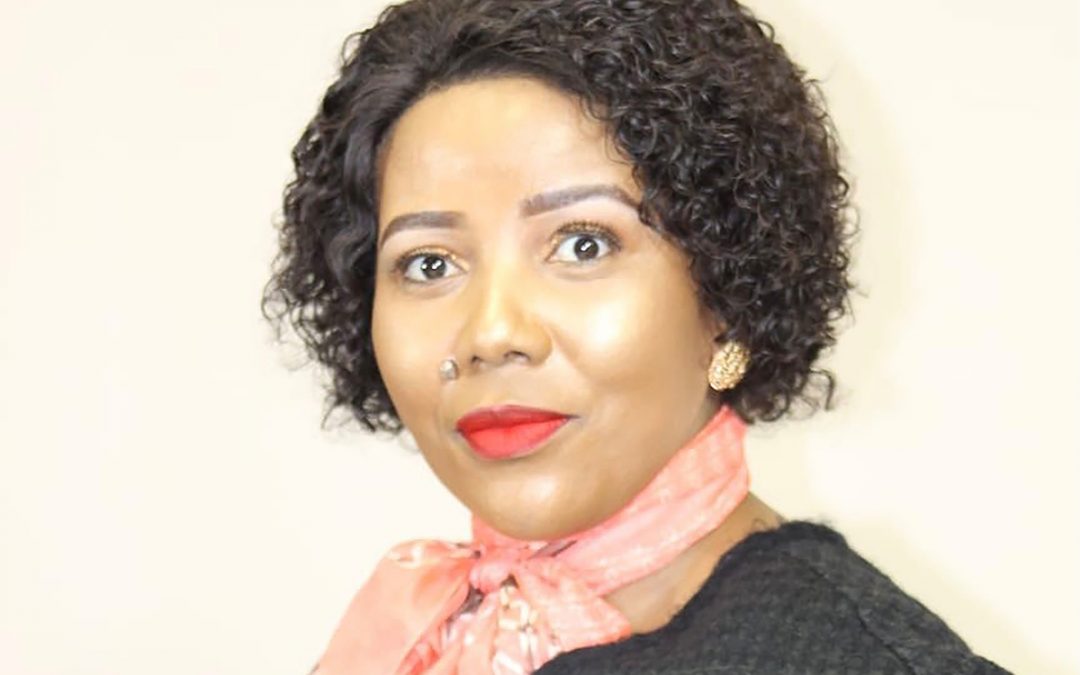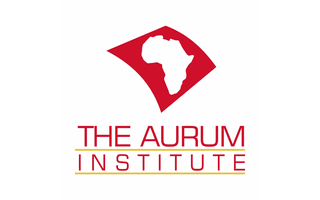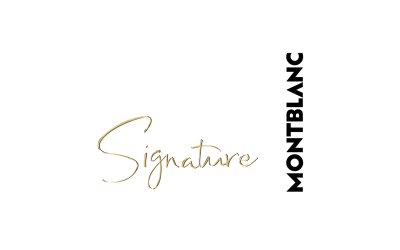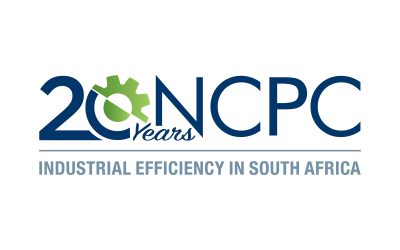Refilwe Ledwaba did not take a conventional route into aviation. Her experience in this regard is the reason she founded South African Women in the Aviation and Aerospace Industries (SAWIA). The non-profit was founded in 2009, representing women and girls in this industry across the Southern African Development Community region. “I did not start building model aeroplanes or helicopters at the age of five or six; neither did I have a relative who took me flying when I was young. This is normally the traditional story for most pilots,” she says.
Her founding of SAWIA and the organisation’s subsequent establishment of the Girls Fly in Africa Programme is based on a belief that it is important for people to see examples of others who look like them in a profession in order to be able to imagine themselves in that profession.
Initially setting her sights on medicine, Ledwaba was studying towards a bachelor of sciences degree at the University of Cape Town when she boarded a plane one day to find that one of the pilots was a woman. “That day changed the course of my life forever.
“I had never seen anyone who looks like me becoming a pilot. The closest I had seen a pilot was Tom Cruise in one of his movies on TV and he did not look like me at all.”
After completing her studies, she joined an airline as a cabin attendant. “I got to understand the industry and the opportunities available. I took lessons privately, using half of my salary for training and the other half to settle my student loans.”
Ledwaba was then selected to join the South African Police Service’s cadet programme and worked for the police for 10 years, attaining the highest civilian helicopter licence as the first black woman to do so. She went on to obtain a commercial aeroplane licence, became an instructor and recently obtained a drone pilot licence. She is currently working on her drone instructor’s rating.
What Ledwaba noticed about transformation when she went into aviation is that the lack of representation of women is not a uniquely South African issue. “According to The International Society of Women Airline Pilots, in 2018 women accounted for just 5.18% of the pilots at 34 major airlines in the world,” she says. “Globally, women account for 3% of airline captains. Looking at Nordic countries, which are at the forefront of gender equality, the percentage is 8.2% in Sweden and 12% in Finland. Anecdotal evidence shows that South Africa’s percentage is a little over 13% of female representation.”
While many public and private initiatives are working to address this issue, the biggest challenge is coordination, according to Ledwaba. “As such, we have a lot of trained, technically qualified personnel sitting at home after millions were spent on their training because they do not have enough experience to enter the aviation market. So, we cannot only solve one area like training and not look at how we can integrate them or create programmes for them to gain the required experience in the industry.”
In my 20 years in the industry and from advice I received early on in my career, I discovered that there were far more people who wanted me to succeed than those that did not. I seek those people out.



